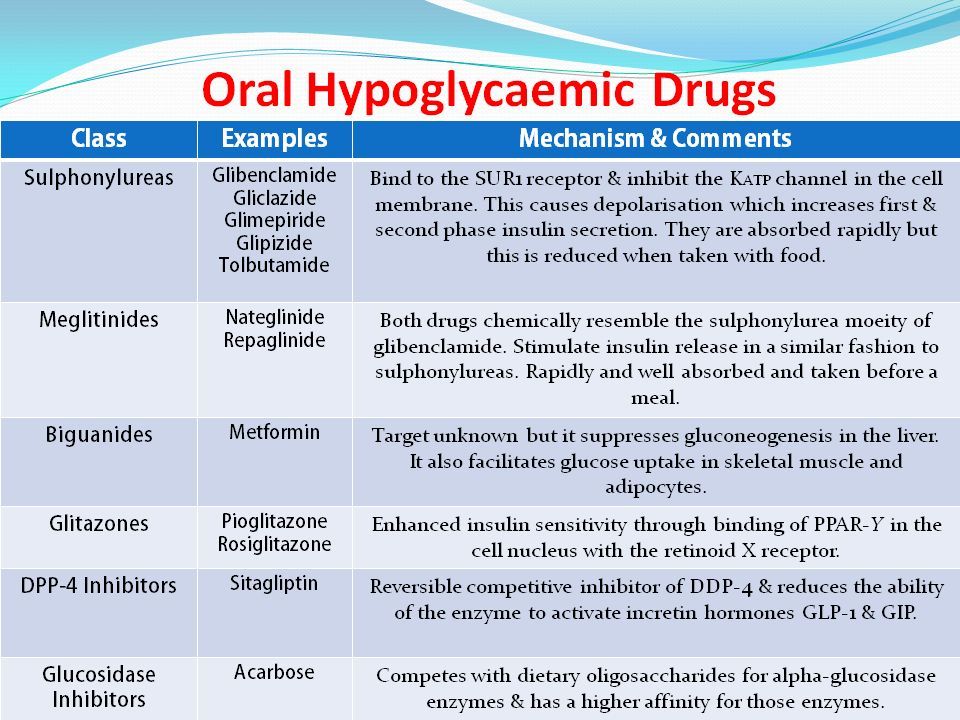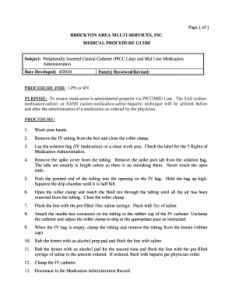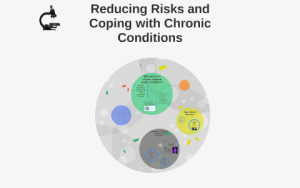
A Breakdown of Various Medications and Their Uses
Introduction
Medications play a crucial role in treating and managing various health conditions. Different medications target specific health issues, and understanding their uses is important for both patients and healthcare professionals. This article provides a comprehensive breakdown of various medications and their uses.
1. Analgesics
Analgesics, commonly known as painkillers, are medications used to relieve pain. They can be categorized into two main types: non-opioid and opioid analgesics. Non-opioid analgesics, such as acetaminophen and nonsteroidal anti-inflammatory drugs (NSAIDs), are mild to moderate pain relievers commonly used to alleviate headaches, muscular pains, and mild arthritis. On the other hand, opioid analgesics, including codeine and morphine, are stronger pain relievers prescribed for severe pain, often after surgery or for cancer-related pain management.
2. Antibiotics
Antibiotics are medications used to treat bacterial infections. They work by eliminating or inhibiting the growth of bacteria. Antibiotics can be broad-spectrum or narrow-spectrum. Broad-spectrum antibiotics, like amoxicillin, can fight a wide range of bacteria, making them useful to treat common infections such as respiratory tract infections. Narrow-spectrum antibiotics, such as penicillin, are effective against specific types of bacteria. It is essential to use antibiotics only as prescribed by a healthcare professional and to complete the full course of treatment to prevent antibiotic resistance.
3. Antidepressants
Antidepressants are medications used to manage depression and other mood disorders. They help balance chemicals in the brain called neurotransmitters, which regulate mood and emotions. There are several types of antidepressants, including selective serotonin reuptake inhibitors (SSRIs), serotonin-norepinephrine reuptake inhibitors (SNRIs), and tricyclic antidepressants (TCAs). These medications can improve symptoms of depression, anxiety, and other related conditions. However, they should be taken under the guidance of a healthcare professional due to potential side effects and the need to adjust dosage.
4. Antihistamines
Antihistamines are medications used to relieve symptoms associated with allergies. They work by blocking the effects of histamine, a substance released during allergic reactions. Antihistamines can help reduce symptoms such as sneezing, itching, watery eyes, and runny nose. They are commonly available in both drowsy and non-drowsy formulas. While antihistamines provide temporary relief, it is advisable to identify and avoid allergens whenever possible to manage allergic reactions more effectively.
5. Antacids
Antacids are medications used to neutralize excess acid in the stomach. They are mainly used to relieve symptoms of heartburn, acid reflux, and indigestion. Antacids work by increasing the pH level in the stomach, reducing discomfort caused by excessive stomach acid. These medications are available as over-the-counter drugs and generally provide quick relief. However, long-term or excessive use of antacids may mask underlying conditions and require evaluation by a healthcare professional.
Conclusion
Medications serve as valuable tools in managing various health conditions. Analgesics provide pain relief, antibiotics combat bacterial infections, antidepressants help manage mood disorders, antihistamines relieve allergy symptoms, and antacids neutralize stomach acid. It is essential to use medications responsibly, as instructed by healthcare professionals, and be aware of potential side effects or interactions. Always consult with a medical professional for personalized advice regarding medications.

